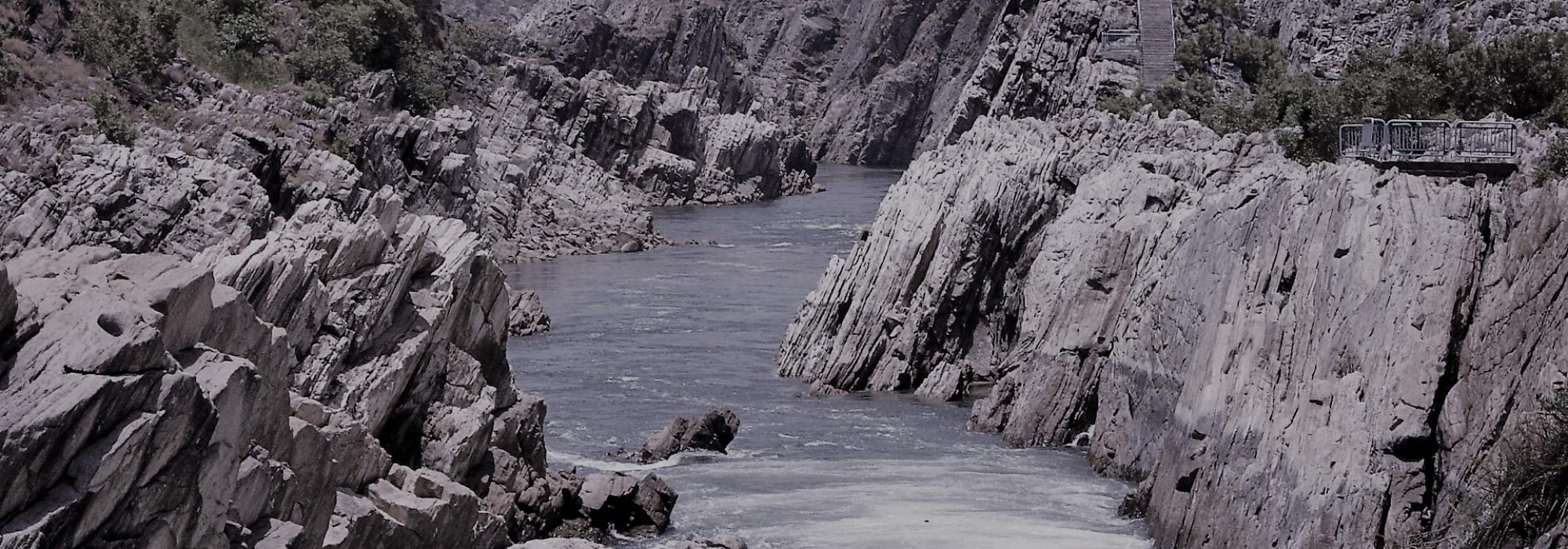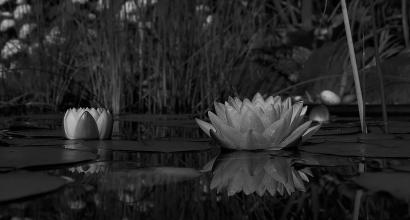Out of my grandfathers, hasn’t it been evident that my third grandfather Sheenanna was very dear to me? But when it comes to him, will I be able to talk about every facet of his nature without hiding anything? Is it respectable? On the other hand, would it be appropriate if I tell only tell about his acceptable behaviour and skip the rest? Forget about being appropriate; will the readers benefit as much as they would have by my writings? This is the apprehension I have.
Every human has flaws, however small or big.
Dṛṣṭaṃ kimapi loke'smin
Na nirdoṣaṃ na nirguṇam
If we have to thoroughly benefit from a biography, we should observe both the virtues as well as shortcomings of that person. What is the use of giving the impression to a reader, that the person is a perfectionist, with absolutely no weakness? The reader is a common man. He will look for other ordinary people. Like it is with him, the others too would have a mix of virtues and flaws. The other person succeeded with his excellence, despite the flaws - this is the crux. Flaws are not important; virtues are the one that’s important. And despite the flaws, the virtues overcome the imperfections - this is the point to be noted.
With all this prelude, I will now talk a little about the person dearest to me, my youngest grandfather Sheenanna. It is my intention not to have a tone of arrogance or disrespect towards him. But in case my words indicate such a tone, I will beg that heavenly soul to pardon me with the same love and affection he had for me when he was alive.
There were few situations in Sheenanna’s life that made him temperamental. Like his brothers, he also was a widower. His wife was from Dommasandra village close to Bengaluru. She left behind three children. The elder daughter Ammannamma; second child Shamanna; third child Gouramma. Sheenanna had left his three young children under his elder brother’s care in Mulbagal.
Loose-tongued
I was not aware of Sheenanna’s original profession. At the end, he worked as a clerk under liquor contractor Pacchiyappa Mudaliar. I have mentioned this elsewhere too.
There too, he got into quarrels. His notable nature was that he was loose-tongued, no talk without offending. Whenever he opened his mouth, it was full of gibes and taunts. It was fun for people listening to him. Their laughs further encouraged Sheenanna; more crass talk. Less of foul-words, but more of sarcasm. Along with Kannada and Telugu proverbs/phrases, he also used foul-phrases from Urdu, Hindi, Marathi and other languages while talking. His writings were like his talk. Even his brothers were not spared from such language. The younger ones would be amused on hearing it, the elders would be irritated. Due to this trait, there was always some kind of squabble wherever he went. This habit passed on to his son too.
Lighting Lamps
One example. One day, as usual Ramanna was performing pooja. In the same kitchen, at another corner my grandmother Sakamma was preparing for cooking in maḍi[1].
At the same time, Sheenanna came and asked his brother:
Shee: “Ramanna, keep the big lighting lamps outside. I need to take it to Nittur.”
In those days, his son Shamanna was working as a station master in Nittur railway station.
Ra: “I will get you a different one for it. The pair we have here, has been passed on from our ancestors; let it remain in their house only.”
Shee: “Huccu muṇḍe[2]! I am asking, just give it.”
Sakamma who was listening to this said, “Shiva Shiva! Shiva Shiva!”
Shee: “As if she herself has seen Lord Shiva!”
By then, Ramanna kept the two lamps outside the kitchen.
Ra: “Take it, don’t talk anymore. Before your anger turns towards her, why incur that sin.”
After four-five days later, Sheshanna came from Kolar. Ramanna reported to him, whatever had happened. Sheshanna listened to what had taken place, kept quiet for a while and said:
“We need to endure it - he is our sibling. What can we do? Just because he overstepped decency, can we also do that?” and tried to calm him.
* * *
Sometimes my youngest grandfather Sheenanna used to bring up the matter of dividing the property. This was after his eldest brother Sheshanna had passed away. Whenever he raised this topic, Ramanna used to answer:
“From the times of Gundappa, we have lived in a joint family. We have stood in support of each other in times of joys and sorrows. Till I am alive, do not take up this topic of dividing this house. After I am gone, do whatever you want.”
Ramanna was very firm on this decision. He did not sway from the decision even for a second. Once my father raised the topic of repairing the house: that the backyard wall was eroded. I remember very well what Ramanna had told then:
“If the back-wall has collapsed, let the front stay as it is. Do not bring up the topic of either breaking/rennovating this house or of taking a loan for that purpose.”
Sheenanna did not stay in Mulbagal for more than eight-ten days at a time. He used to move from one place to another, citing some or the other reason. Even when he was in town, he did not have any stipulated time of coming home. And at night, there was no time limit at all. Many nights he used to come home by 9 or 10pm. This was not at all acceptable to Ramanna. He always had the habit of latching and closing the main door by around 9pm. For this reason, often there was tussle between the brothers.
One day, by the time Sheenanna came home the main door was closed. Sheenanna banged the door from outside, he shouted and made a hue and cry. Ramanna was sleeping right across the hallway. He opened the door and asked:
Ra: “What is this? Don’t you have any sense of time?”
Shee: “You might have accumulated some petty cash, that’s the reason you are afraid of opening the door.”
By this, an argument grew between the two. Sheenanna said:
Shee: “She is there right - What’s the issue with waking up and opening the door?” (“She”[3] here means Sakamma).
With this, Ramanna got angry like never before.
“What - do you have any sense? You are calling her “She”? Isn’t she the personification of Goddess Kamakshamma? Hasn’t she been like a mother to all of us?”
This is the first part of the four-part English translation of Fifth essay in D V Gundappa’s magnum-opus Jnapakachitrashaale (Volume 8) – Sankirna smriti samputa. Edited by G S Raghavendra.
Footnotes
[1] It is customs, in which you take a bath and wear an attire that is solely used for either pooja activities or cooking activities. This is to ensure that cleanliness and sanctity is maintained in the process.
[2] In colloquial language Mad Guy!
[3] Unlike English, kannada has two versions of ‘she’ one ‘avalu’ which is disrespectful, other ‘avaru’ which is invariably used as mark of respect to both genders.











































